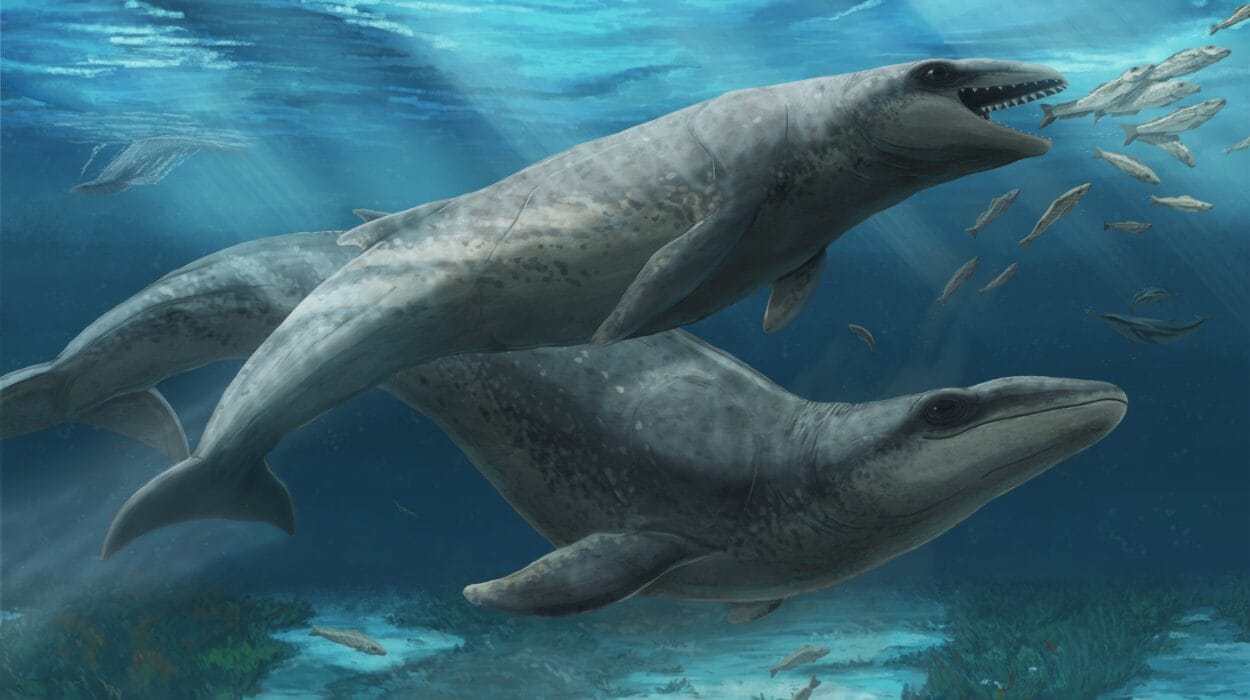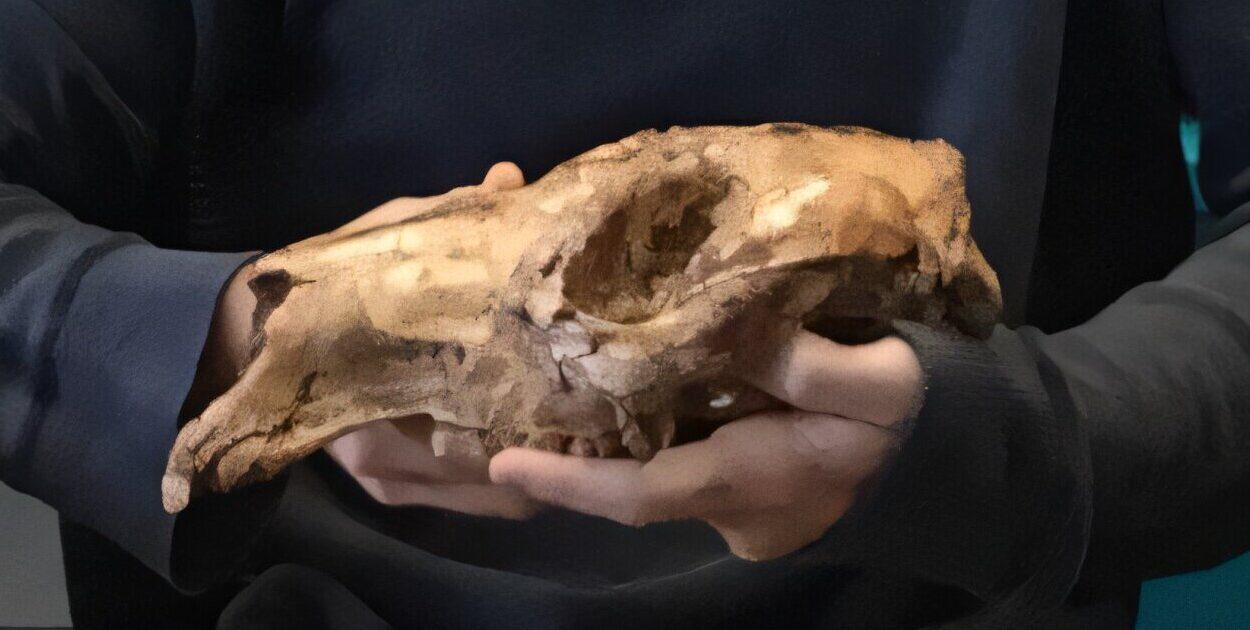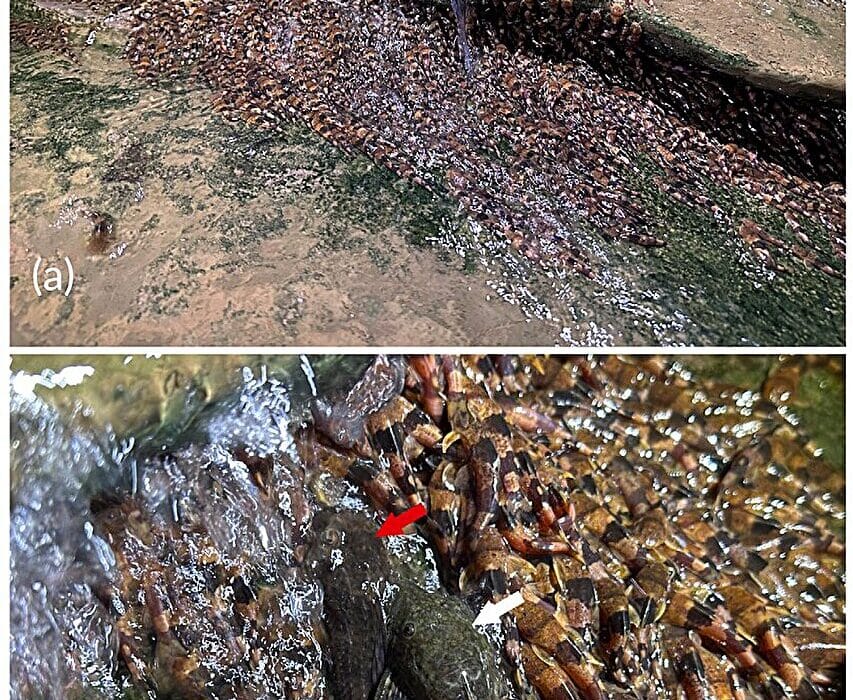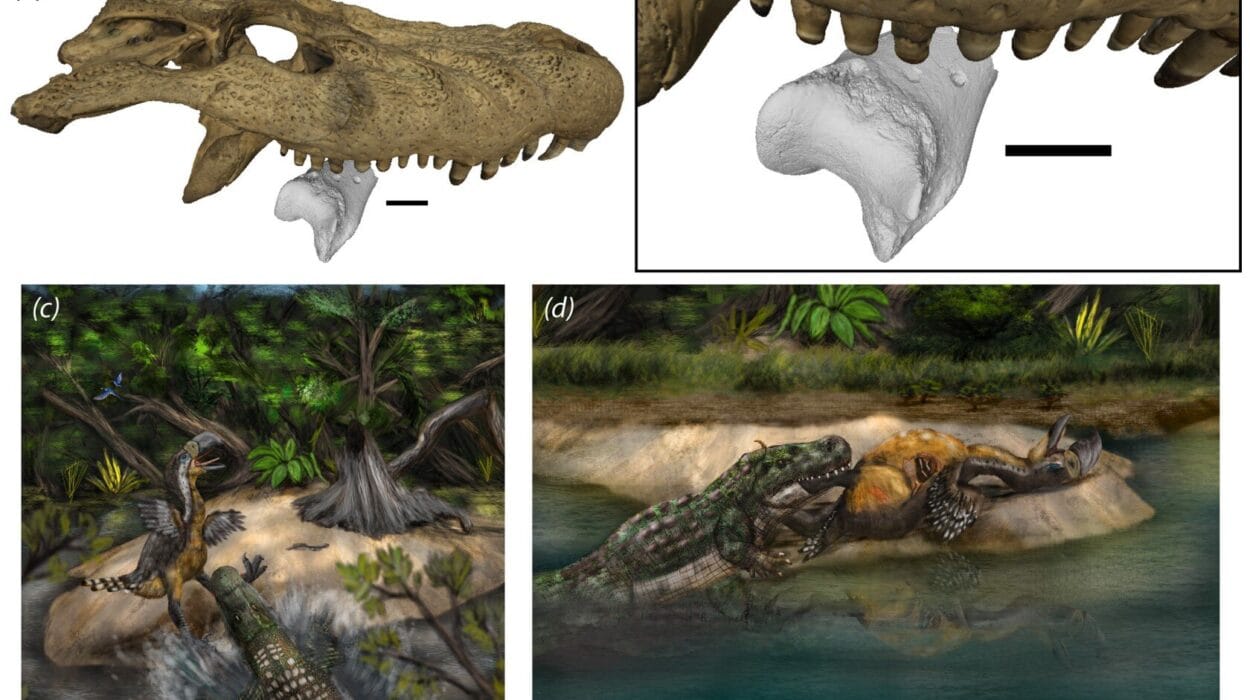There’s a strange kind of reverence in the act of unearthing something that hasn’t seen the light of day in millions of years. The soft brushstroke across ancient stone, the hush of breath held as a tooth or bone reveals itself grain by grain—it feels like a dialogue between present and past, between heartbeat and stone. Fossil excavation is not merely a task; it’s a ritual of respect. The hands of the paleontologist tremble not from fear, but from the gravity of time itself.
Fossils are the echoes of life locked in the earth. Their excavation requires patience, precision, and a deep understanding of both geology and biology. One wrong move—a slip of a chisel, a misjudged blow—and a piece of Earth’s irreplaceable history could vanish into dust. So how is it done? How can something so fragile be unearthed from something so stubborn as rock?
The answer lies in a marriage of science and sensitivity, of human tenacity and the calm whispers of stone. The story of fossil excavation is not just a technical one—it is emotional, profound, and deeply human.
Discovering the Ancient: Finding Fossils in the First Place
Before anything can be excavated, it must first be found. This is often the most difficult and uncertain part of paleontology. Despite what movies might suggest, fossils don’t glimmer in the sunlight or come with clear “dig here” markers. They often appear as slight color changes in rock, tiny fragments sticking out of a cliff face, or subtle textural differences that only trained eyes can spot.
The best fossil sites—called “fossil localities”—are found in sedimentary rocks, particularly in places where erosion has exposed ancient layers. These rocks were once rivers, lakes, oceans, or floodplains—places where plants, animals, and even entire ecosystems were buried in mud or sand and turned to stone over eons.
Geologists and paleontologists often consult topographic maps, satellite images, and historical geological surveys to locate potential fossil-bearing regions. Once in the field, they walk slowly, heads down, scanning the ground like detectives in a crime scene millions of years cold.
And sometimes, the find is accidental. A hiker trips over a bone protruding from a canyon wall. A construction worker unearths a mammoth tusk while digging a foundation. Fate has a role in fossil discovery, too—but science always follows.
Reading the Rocks: Context Is Everything
Fossils are never found in isolation. Each is embedded within a story told by the surrounding rock layers, or strata. These layers record ancient environments—rivers that ran dry, deserts that once bloomed with life, shallow seas teeming with creatures that left their bones behind.
Understanding the context of a fossil is as important as the fossil itself. That’s why paleontologists document everything before removing even a single pebble. Measurements are taken, GPS coordinates logged, sketches and photographs made. Scientists note the type of rock, its color, texture, layering, and anything unusual.
This is because fossils are not only physical remnants; they are evidence. A single fossil tells you about one individual. But a fossil in context tells you about climate, ecology, evolution, extinction, and survival. If a fossil is removed without recording its position, part of that narrative is forever lost. Digging up a fossil without context is like tearing out a page from an ancient book and throwing the rest away.
The Tools of Time: Brushes, Picks, and Patience
Despite their ancient origins, fossils are rarely armored in strength. Millions of years of mineralization can make them brittle, delicate, and riddled with fractures. A fossil may be embedded in limestone or sandstone—hard, heavy rocks that must be painstakingly chipped away without touching the fossil inside.
The tools used in excavation are both humble and precise: awls, dental picks, small hammers, chisels, brushes, and knives. Brushes sweep away dust, not debris; even the finest particles can obscure cracks or signs of weakness. Air scribes—tiny pneumatic tools that buzz like dental drills—are often used to gently vibrate rock away from bone. Water may be sprayed to soften clay, but never near porous fossils that could disintegrate.
Every inch of rock removed is a gamble, every motion a negotiation with time. Excavation can take weeks, months, or even years, depending on the fossil’s size, location, and condition. And it’s not just about removing rock—it’s about listening. Listening to the way stone gives under pressure, the way a chisel’s ring changes as it nears fossilized bone. The stone talks. Good paleontologists learn its language.
Field Jackets: Wrapping Up the Past
Once a fossil is partially revealed and deemed ready for removal, it must be protected. This is where an iconic part of fossil excavation comes into play: the plaster jacket.
Much like a cast on a broken limb, a plaster field jacket is applied to stabilize and protect fossils during transport. First, the fossil and surrounding rock are covered in damp paper towels or aluminum foil to act as a buffer. Then, strips of burlap soaked in plaster are wrapped tightly around the block, forming a hard shell. Once dry, the block can be carefully pried from the ground.
Sometimes the fossil is so large—like a dinosaur skeleton—that it must be removed in multiple jackets. Cranes, winches, and even helicopters might be used to lift them from the field. In extreme cases, fossils are excavated in situ and stored for years before full preparation begins.
What emerges from the ground is not a museum-ready skeleton, but a rock-encased promise. A whisper of bone encased in stone and plaster, waiting to be awakened.
Transporting the Irreplaceable
Getting a fossil from the field to the lab is like moving a sleeping newborn: every jolt, every bump, is a risk. Fossils are loaded into padded crates, carefully labeled and documented, and shipped—sometimes across continents—to preparation labs.
There, in quiet rooms filled with microscopes and tiny chisels, the slow art of preparation begins. Technicians may spend hundreds or thousands of hours removing the remaining rock matrix from the fossil. They use needles, scalpels, and micro-blasting tools to peel back the stone like the layers of an onion. It is often here that the true beauty of the fossil is revealed: the grain of bone, the serration of teeth, the growth rings in a tree trunk millions of years dead.
Every fossil prepared is also preserved. Gaps may be filled with reversible resins. Fractures are stabilized with specialized adhesives. Nothing is added that can’t be undone. The philosophy is one of minimal interference, maximum preservation. And above all: reverence.
Ethical Excavation: When Not to Dig
Not every fossil should be excavated. That’s a hard truth for many, especially when excitement grips the heart and discovery seems close. But excavation is invasive and irreversible. Once a fossil is removed, the original context is lost forever. Sometimes, it’s better to leave it in place, document it thoroughly, and let it remain in nature.
Ethical excavation also means respecting land rights. Many of the richest fossil beds lie on Indigenous or protected lands. Without proper permissions and partnerships, excavation can become exploitation. Ethical paleontology must walk hand-in-hand with cultural sensitivity and legal responsibility.
There’s also the dark world of fossil poaching—where fossils are removed illegally, often destroyed in the process, and sold on black markets. These lost fossils vanish into private collections, robbed of their scientific value and cultural heritage. Reputable scientists fight this through public education, legal reform, and by building relationships with local communities.
Digital Digging: When Technology Joins the Hunt
In recent years, new technologies have transformed the way fossils are excavated and studied. Ground-penetrating radar, drone imaging, and 3D photogrammetry allow paleontologists to survey and document fossils in place before ever lifting a tool.
In the lab, micro-CT scanning reveals internal structures without damaging the fossil. Digital models can be rotated, dissected, and even 3D printed. A bone too fragile to touch can be studied virtually in minute detail.
These advances mean fewer fossils need to be physically removed—and those that are can be better protected and shared. Museums around the world now digitize their fossil collections, creating global archives that scientists, educators, and curious minds can access regardless of geography.
Technology doesn’t replace the human touch. But it enhances it, extending our reach and safeguarding the past in ways our ancestors could only dream.
The Fossil’s Second Life
Once excavated, prepared, and studied, fossils often begin a second life—one of teaching, inspiration, and wonder. Some go to research collections, stored in climate-controlled drawers, each labeled with the loving precision of librarians of deep time. Others take center stage in museums, mounted in dynamic poses that hint at the lives they once lived.
To see a fossil skeleton fully mounted is to glimpse resurrection. You’re not just seeing bones—you’re seeing an animal paused mid-stride through eternity. A predator frozen mid-lunge, a mother curled protectively around eggs, a fish caught in the moment of a final flick of its tail.
These displays are not just for awe. They are for education. They teach about evolution, extinction, ecology, and the interconnectedness of all life. They remind us that Earth is not a static planet but a living narrative.
The Human Element: Emotion Behind the Excavation
It is easy to focus on the science of fossil excavation—the measurements, the tools, the technical know-how. But at its core, this work is driven by emotion: wonder, humility, longing.
To stand in a remote desert and cradle a fossil in your hand is to feel the full weight of time compress into a single moment. You are no longer just a person in the present. You are a bridge between worlds.
Paleontologists often speak of falling in love with their discoveries. They name their fossils, they mourn their loss when they crumble, they celebrate their survival. Fossil excavation is not cold science. It is passion fused with precision.
Each fossil represents a story untold, a voice of a world we never knew. And every care taken to preserve it is an act of gratitude.
Why It Matters: A Legacy in Stone
In an age of rapid change and technological speed, fossil excavation reminds us to slow down. To look closely. To listen. It tells us that knowledge is not always found in blinking screens or rushing newsfeeds, but in the quiet patience of a desert dig, the gentle tap of a chisel, the whisper of ancient stone.
These ancient remains show us how life has changed—and how it has endured. They remind us that we are part of a lineage billions of years old, and that extinction is not just a possibility, but a historical certainty unless we learn from the past.
Fossil excavation is not about trophies or treasure. It is about connection. Between past and present. Between Earth and its children. Between questions and their answers, still locked in stone, waiting to be heard.






